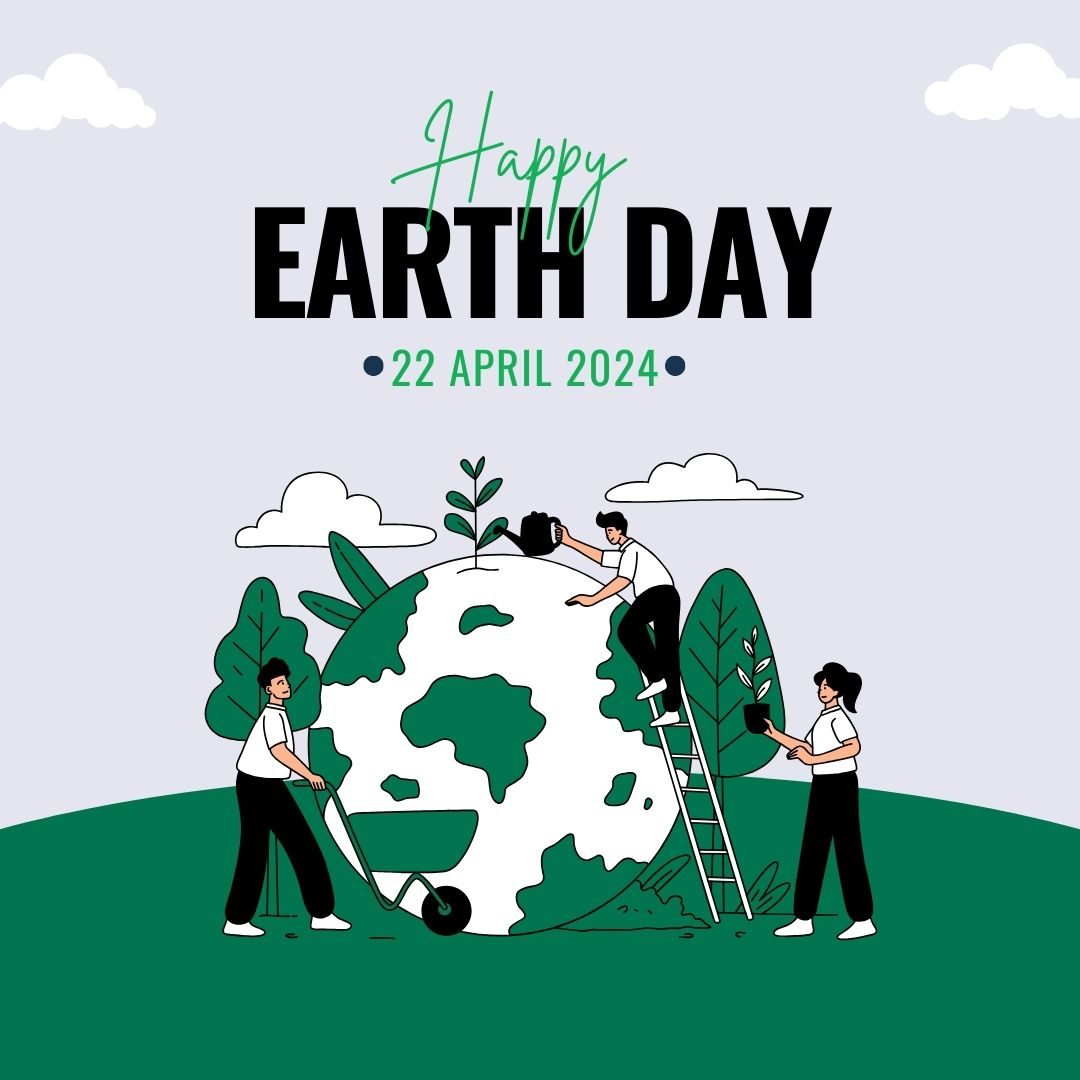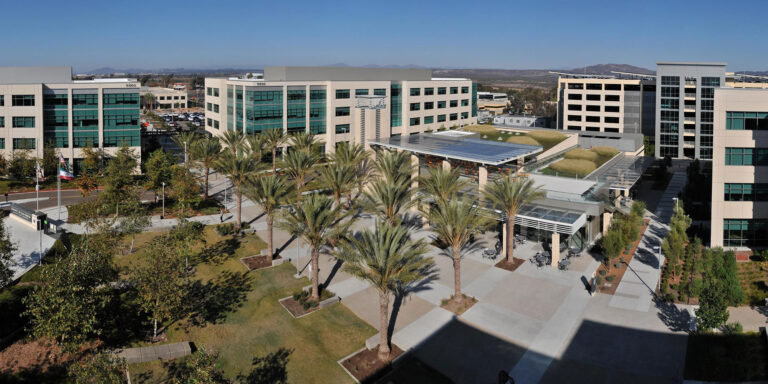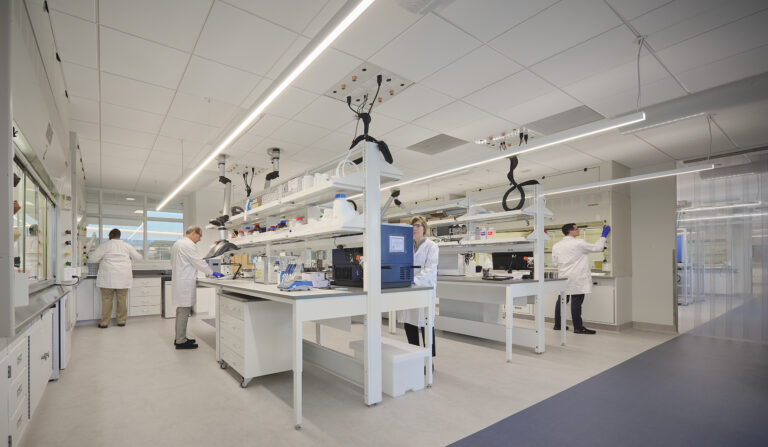Planet vs. Plastic

Small Action, Big Impact
As we commemorate Earth Day, we are reminded of the collective responsibility we hold towards our planet. This year, the spotlight is on one of the most pressing environmental challenges of our era: plastic pollution. In the face of our planet’s escalating plastic crisis, the call for action rings louder than ever. The ubiquitous presence of plastic, particularly single-use varieties, has become a threat not only to environmental health but to human well-being. This Earth Day let’s make a catalyst for change, propelling us towards a cleaner healthier planet that benefits all.
Health Risks
Plastic once hailed as a marvel of modern science, now looms as a prevalent peril with the health risks associated with microplastics. These minuscule particles, prevalent in our ecosystems, food chains, and even our bodies, pose potential health issues.
To combat this issue requires a multi-faceted approach including enhancements to the waste management systems, investing in research for biodegradable alternatives, and individual actions. Choosing natural fiber clothing and using eco-friendly products, such as glass bottles, are a couple steps an individual can take to help reduce the spread of microplastics.
Phasing Out Single-Use Plastics
The rapid phase-out of single-use plastic is essential for planet health and waste reduction can be integrated into daily practices. These plastics, often used for mere minutes, but stay in the environment for centuries, obstructing waterways, harming wildlife, and contributing to the waste problem. Alternatives exist at the ready, making it easy to transition and accelerate this process.
Strong UN Treaty on Plastic Pollution
An urgent push for a robust UN Treaty on Plastic Pollution is gaining traction. In March of 2022, the United Nations Environment Assembly (UNEA) endorsed a historic resolution to develop an international legally binding agreement on plastic pollution; the Intergovernmental Negotiating Committee (INC) was convened to craft this treaty. Negotiations of the treaty are set to conclude by the end of 2024. This treaty would lay the groundwork for global cooperation, setting standards for production, consumption, and waste management. It would hold nations accountable and ensure that commitments translate into concrete actions.
Ending Fast Fashion
Fast fashion contributes to pollution through the release of harmful chemicals and pollutants into waterways and the air during textile production. Additionally, the disposal of non-biodegradable garments and the shedding of microfibers during each wash further exacerbate environmental degradation, posing risks to ecosystems and human health. The demand for an end to fast fashion is a shift towards ethical, sustainable clothing practices that respect both people and the planet.
The Path Forward
The path forward is clear: widespread awareness, legislative action, and individual responsibility. Each one of us has a role to play in this battle against plastics. By advocating for change, supporting sustainable alternatives, and championing for corporate accountability, we can forge a future where we reclaim the health of our planet for generations to come.
Our commitment to sustainability is not only in words but in action. In collaboration with numerous industry partners, we have worked on projects that span the nation, each serving as a beacon of our commitment to a more sustainable tomorrow.
Below is a showcase of sustainable projects that are making a difference:
APPALACHIAN STATE UNIVERSITY
With the launch of the Innovation District, Appalachian State University is propelling change. This renewable initiative centers around transitioning the university’s Boone campus from steam power to renewable energy powered by a zero-carbon district energy system. The institution has a long-established reputation as a leader in the renewable energy space, and the university is exploring energy options that will hopefully become a catalyst for sustainable energy solutions.
HILL COUNTY CONSERVANCY
Hill County Conservancy is a non-profit organization dedicated to the conservation of Texas Hill County. Through conservation efforts, community collaboration, and engagement, they champion sustainability and protect vital natural resources. Hill County Conservancy connects people to nature through initiatives like the Violet Crown Trail, a scenic pathway that winds through Austin, and the Nalle Bunny Run Wildlife Preserve, which safeguards critical habitat along the shores of Lake Austin. They are home to and have positively impacted water quality, wildlife habitat, outdoor recreation, quality of life, and the Texas region’s rural heritage.
HEALTHPEAK – BOARDWALK
Healthpeak’s Boardwalk campus is a life science hub, occupying approximately 190,000 square feet. Beyond its physical dimensions, this campus embodies a commitment to sustainability and innovation. The new development will be LEED-Certified and recently, the campus implemented a solar program. A sprawling 20,000 SF hosts photovoltaic (PV) panels, designed to convert energy from the sun into renewable electricity, significantly reducing the campus’s carbon footprint.
PARKLINE
Parkline is a cutting-edge research and development mixed-use campus, designed with sustainability at its core. The innovative hub features state-of-the-art research facilities, 400 housing units, and extensive bike and pedestrian pathways, all nestled within over 25 acres of accessible open space. A primary goal of the development is its efforts to address sustainability challenges by attaining LEED certifications, minimizing carbon emissions, implementing Heritage Tree Programming, and planning to meet all-electric code requirements of the city, paving the way for a cleaner, greener future.
GROWING HOME
Growing Home is a non-profit organization with a primary focus on organic urban farming. Their mission is to enlighten and foster community engagement in the benefits of gardening and making organic produce. Growing Home makes organic produce both accessible and affordable in underserved neighborhoods. Through their commitment to sustainable urban agriculture, they cultivate not only produce, but a hope for a greener, healthier future.
LUCAS MUSEUM OF NARRATIVE ART
The Lucas Museum of Narrative Art stands as a pioneering institution, dedicated to the celebration and exploration of visual storytelling through images. It is poised to house an expansive 100,000-piece collection, encompassing various mosaics, paintings, and contemporary photography. Located in Exposition Park, the museum’s design extends the natural tree canopy, seamlessly fusing art with sustainability. The structure has 1,500 glass fiber-reinforced glass panels, while its rooftop is made of solar panels and lush greenery, exemplifying the museum’s commitment to eco-friendly practices.
THE WELLORY
Huntsville, Alabama welcomes a new residential community in their MidCity District neighborhood, the Wellory, committed to “net-zero living.” The innovative community, comprised of 342 apartment homes in its 6-story building, is a testament to sustainable living with a mission of living well and living good. The Wellory is at the forefront of the net-zero energy challenge, integrating over 40,000 square feet of solar cell PV panels and reflective roofing to harness the sun’s energy. The design is crafted to minimize leakage and waste, while smart thermostats and other energy-efficient features contribute to the building’s design and functionality. With a commitment to being all-electric, the Wellory aspires to achieve the net-zero goal by balancing energy consumption with generation. Through initiatives like carbon reduction, renewable energy utilization, thoughtful landscaping, construction waste management, and tenant engagement, the building is not just a place to live–it’s a movement toward a sustainable future.
Sonnet Hui Recognized in the LA500
PMA is proud to share that Sonnet Hui, Vice President and Managing Director of PMA’s Los Angeles office, has been recognized as part of Los Angeles Business Journal’s LA500 list.





